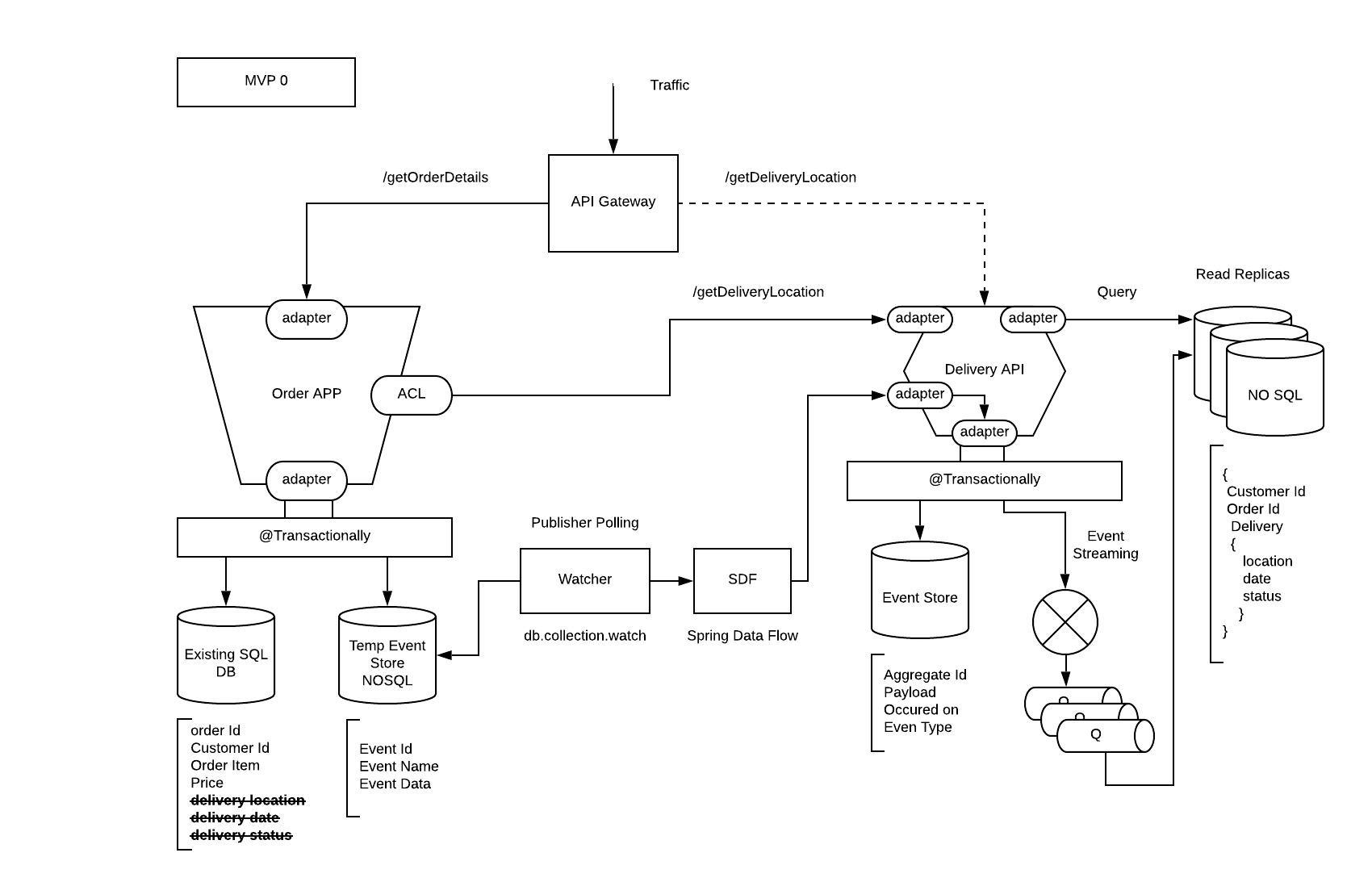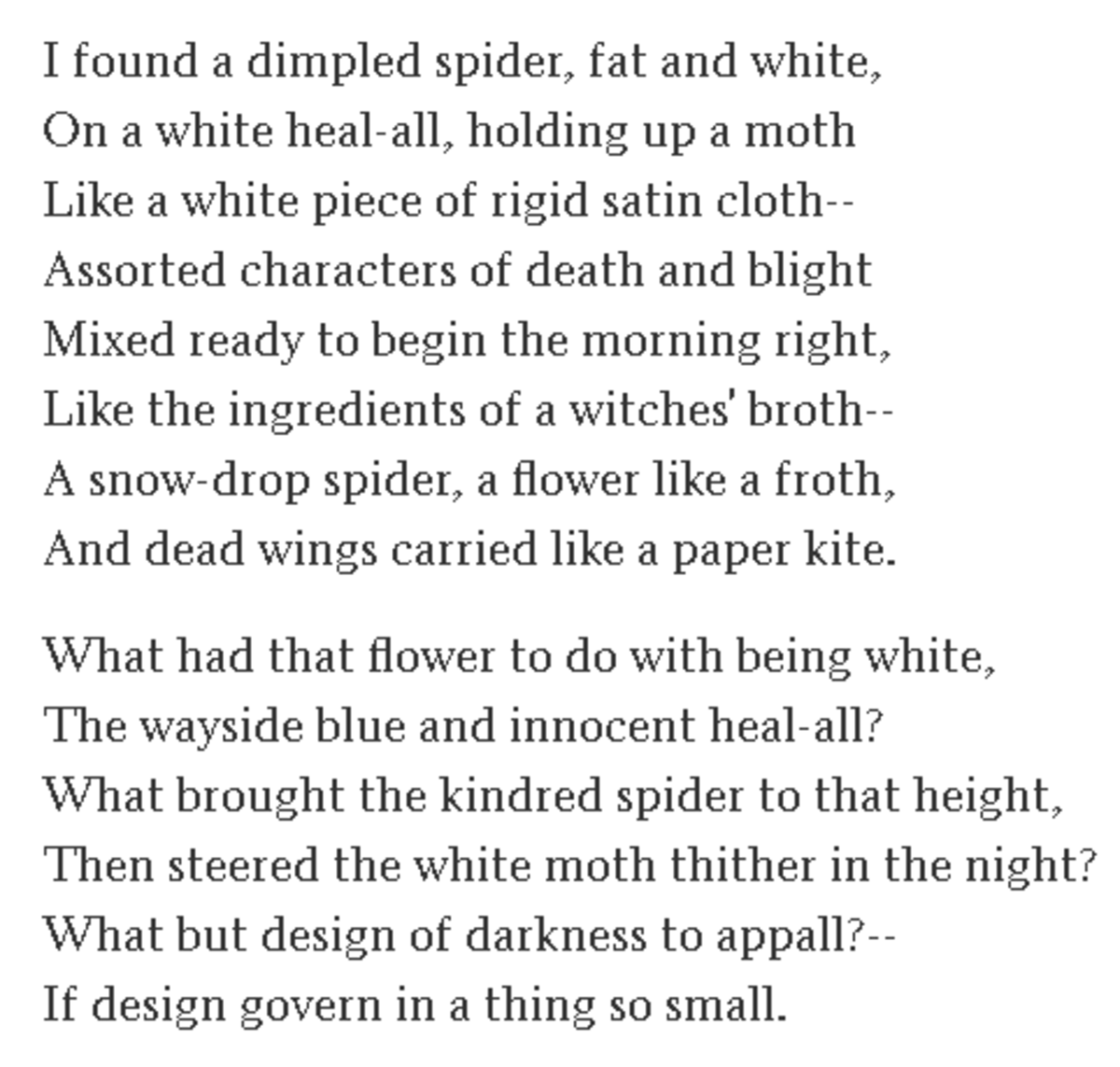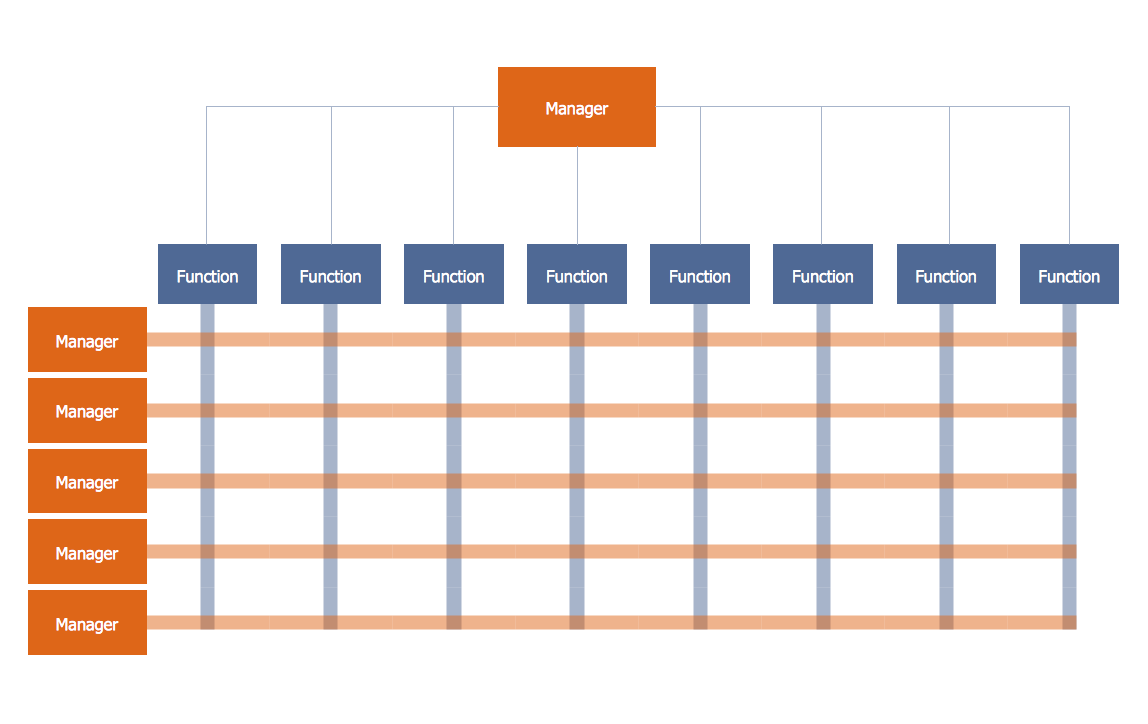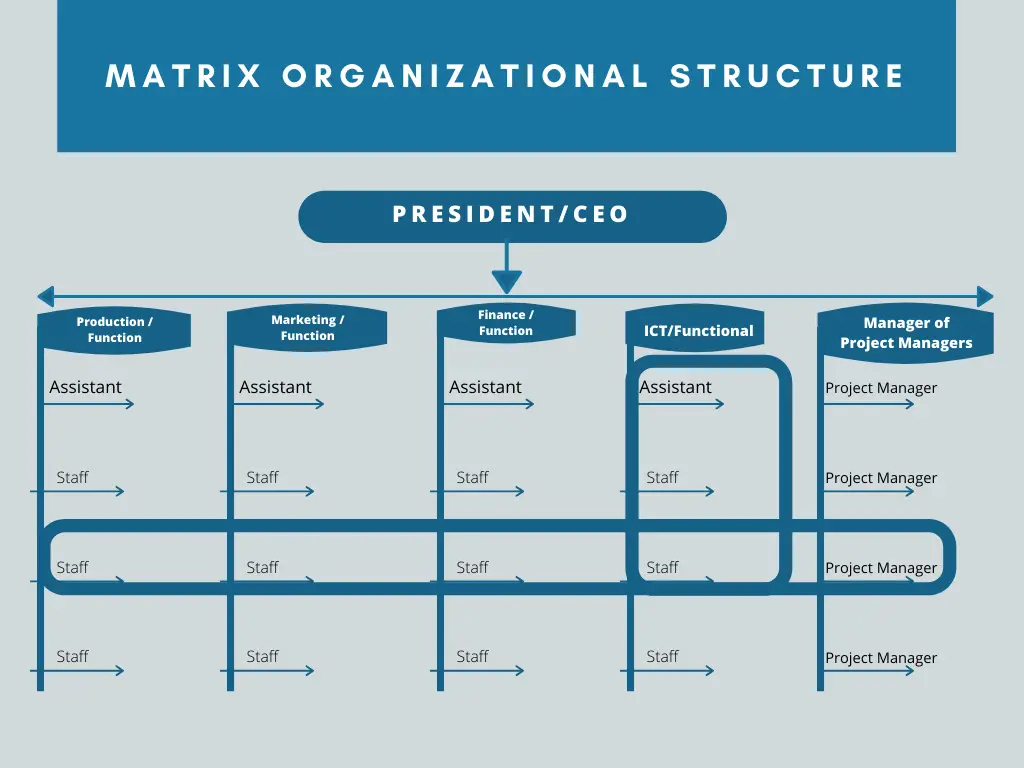Table Of Content

One major upside is that microservices design patterns can deliver a significant reduction in maintenance expenses in the long term. This should be enough to pay for the upfront costs of microservices within a few years. Microservices decomposition is the process of breaking down applications into smaller independent services.

Single concern microservice
11 real benefits of microservices - TheServerSide.com
11 real benefits of microservices.
Posted: Fri, 01 Dec 2023 08:00:00 GMT [source]
Let's assume Green is the existing live instance and Blue is the new version of the application. At any time, only one of the environments is live, with the live environment serving all production traffic. All cloud platforms provide options for implementing a blue-green deployment.
Performance metrics
As you dive deeper into the world of microservices, you’ll realize that these patterns are essential building blocks for developing robust and resilient applications. By managing distributed transactions and ensuring consistency, the Saga microservices design pattern aligns with business goals by maintaining data accuracy and reliability. It supports critical business processes that span multiple microservices. The asynchronous messaging microservices design pattern plays a crucial role by allowing microservices to communicate without requiring sequential interaction.
AWS Data Pipeline Tutorial – A Data Workflow Orchestration Service
This allows each microservice to use a database type that is best suited to its needs. Furthermore, it enables independent scaling and evolution of each microservice. The principle that a microservice is ephemeral means that it can be created, destroyed, and replenished on-demand on a target easily, quickly, and with no side effects. The standard operating expectation is that microservices come and go all the time; sometimes due to system failure or scaling demands. Implementing this pattern as a function in a circuit breaker design requires an object to be called to monitor failure conditions.
An In-Depth Guide to Microservices Design Patterns
Add to this the 90% average increase in delivered services per year when using them, and you begin to see their appeal. The two separate services can stay side by side in the same URI space, with a single domain taken into account at any one time. The new refactored app wraps around or ’strangles‘ the original app until you’re able to shut down the older, monolith application. This pattern is ideal for decomposing complex applications and supporting agile development.
This means implementing graceful startup and shutdown behavior within the microservice. Also, a discrete microservice is hosted in a distinct source control repository and is subject to its own CI/CD (continuous integration/continuous delivery) process. But from development through testing to release, each microservice is isolated from all other microservices. When a microservice is discrete, it becomes easily transportable, which is the next principle.
What are microservices? Your next software architecture - InfoWorld
What are microservices? Your next software architecture.
Posted: Fri, 26 Jan 2024 08:00:00 GMT [source]
Remember that choosing the right patterns is an ongoing process that requires continuous evaluation and adaptation as your application and its requirements evolve. For example, we can combine the circuit breaker pattern with the retry pattern in a microservices architecture to enhance fault tolerance. The circuit breaker prevents cascading failures, while retry improves the chances of successful operations by automatically reattempting failed requests within specified limits. Though only some design patterns might apply to a given microservice, you can rest assured that most of them will be used everywhere. These design patterns help developers bring in a consistent standard that brings reliability to the application.
Patterns for distributed transactions within a microservices architecture

In figure 2, a dedicated microserve implements each functional area of theecommerce application. Each backend service might expose an API, and servicesconsume APIs provided by other services. For example, to render web pages, theUI services invoke the checkout service and other services. For more information about howservices communicate with each other, see the third document in this series,Interservice communication in a microservices setup. A microservice typically implements a set of distinct features orfunctionality.
Chained or Chain of Responsibility Pattern
The Strangler Pattern or the Vine Pattern is based on the analogy to a vine which basically strangles a tree that it is wrapped around. So, when this pattern is applied on the web applications, a call goes back and forth for each URI call and the services are broken down into different domains. Imagine Netflix, which uses a modern software design called microservices.
If a particular functionality experiences high demand, only the corresponding service needs to be scaled up rather than the entire application. This targeted scaling is not only more efficient but also cost-effective, making microservices a preferred choice for businesses experiencing variable loads. In a monolithic architecture, a failure in one component can bring down the entire application.
This is where the branch microservice design pattern plays an effective role. The bulkhead pattern is a microservices design pattern that helps to prevent failures in one part of a system from cascading to other parts. It does so by isolating elements of an application into pools so that if one fails, the others continue to function.
The bulkhead microservices design pattern is named after the compartments (bulkheads) in ships that prevent the entire vessel from sinking in case of a breach. In the context of microservices, the bulkhead pattern involves segregating components or services into isolated compartments that help to prevent failures in one compartment from affecting others. This microservices design pattern promotes modularity and allows various teams to independently develop and maintain specific processing units, enhancing collaboration in building and evolving the system. In the chained or chain of responsibility microservices design pattern a sequence or chain of microservices, each responsible for a specific task in sequence.
The set of capabilities for a given business depend on the type of business. For example, the capabilities of an insurance company typically include sales, marketing, underwriting, claims processing, billing, compliance, etc. Each business capability can be thought of as a service, except it’s business-oriented rather than technical. Assess your application's microservice architecture and identify what needs to be improved. The dark energy and dark matter forces play a major role in shaping the service architecture and also heavily influence the design of the distributed operations mentioned below. Assemblage, is an architecture definition process that uses the dark energy and dark matter forces to group the subdomains in a way that results in good microservice architecture.
These can include issues with requesting information from multiple microservices or handling several protocol requests simultaneously. Microservices architecture design patterns are essential for achieving the benefits of microservices infrastructure. Microservices design patterns are used in software development to fulfill different scenarios. When microservice architecture has been implemented, there is a chance that a service might be up but not able to handle transactions. In that case, how do you ensure a request doesn't go to those failed instances?
This first article presents the five basic principles of microservices-oriented application design. The next part of the series explains the evolution of modern applications and why they lead to an MOA, and the third part finishes the series with trade-offs that microservices make. To fully understand this specific pattern, it’s helpful to understand how monolith applications differ from microservices. Using event sourcing is a viable option in microservices when transactions are critical to the application.















